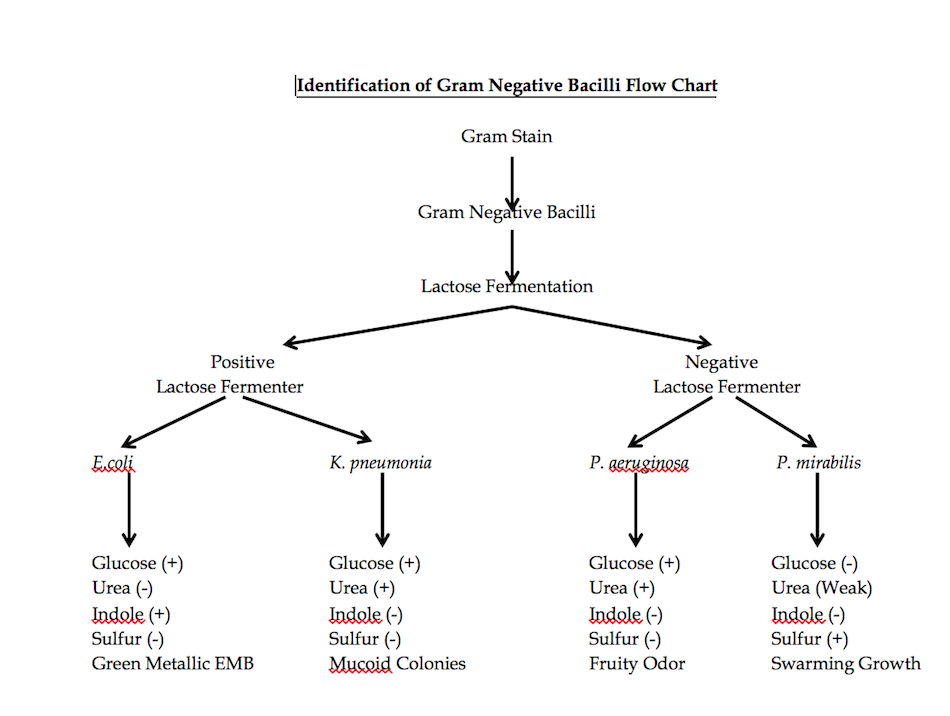

Lactose usually is fermented rapidly by Escherichia, Klebsiella and some Enterobacter species and more slowly by Citrobacter and some Serratia species. Do all Enterobacteriaceae ferment lactose? Non-lactose fermenters, increase the pH of the medium by deamination of proteins and produce colorless or light pink colonies. Organisms that are slow lactose-fermenters, produce less acid, and the colonies appear brown-pink. Read More: What is hyperemia and its symptoms? How do you differentiate between lactose fermenter and non lactose fermenter on EMB? Many Gram-negative, spiral curved rods are also oxidase-positive, which includes Helicobacter pylori, Vibrio cholerae, and Campylobacter jejuni. The Gram-negative diplococci Neisseria and Moraxella are oxidase-positive. Which gram negative rods are oxidase positive? … Examples of non-lactose fermenting bacteria are Salmonella, Proteus species, Yersinia, Pseudomonas aeruginosa and Shigella.

Organisms unable to ferment lactose will form normal-colored (i.e., un-dyed) colonies. What are lactose fermenters non-lactose fermenters? Note: Gram-positive organisms are inhibited in MacConkey agar with bile salts and crystal violet, however, in a different formulation where bile salt and crystal violet are not incorporated, Gram-positive organisms also appear as lactose fermenters but are smaller in size than gram-negative ones. What antibiotics treat gram-negative rods?įourth-generation cephalosporins such as cefepime, extended-spectrum -lactamase inhibitor penicillins (piperacillin/tazobactam, ticarcillin/clavulanate) and most importantly the carbapenems (imipenem/cilastatin, meropenem, ertapenem) provide important tools in killing Gram-negative infections. Lactose fermentation also occurs in your body if you are lactose-intolerant. With the help of bacteria, lactose fermentation - the breaking down of the sugar lactose into an acid - is used to make fermented dairy foods and to test for food poisoning.
#Lactose fermenting gram negative rods on macconkey mac#
The rate of growth is also a way to further differentiate organisms in the MAC medium. Even within lactose-fermenters, species will show a varying rate of growth. Therefore, lactose-fermenting-gram-negatives (lactose-fermenters) will form pink colonies, while non-lactose fermenters will form off-white opaque colonies. Are gram negative bacteria lactose fermenters? It is lactose-fermenting and beta-hemolytic on blood agar. Which gram-negative rods are lactose fermenting and beta hemolytic?Į coli is a gram-negative bacillus that grows well on commonly used media. Which gram-negative rods are lactose fermenters?Į.coli are facultative anaerobic, Gram-negative bacilli that will ferment lactose to produce hydrogen sulfide. Lactose-negative gram negative rods may suggest Pseudomonas.

Lactose-positive gram negative rods may suggest Enterobacteriaceae, such as E. What is lactose positive gram-negative rod?


 0 kommentar(er)
0 kommentar(er)
